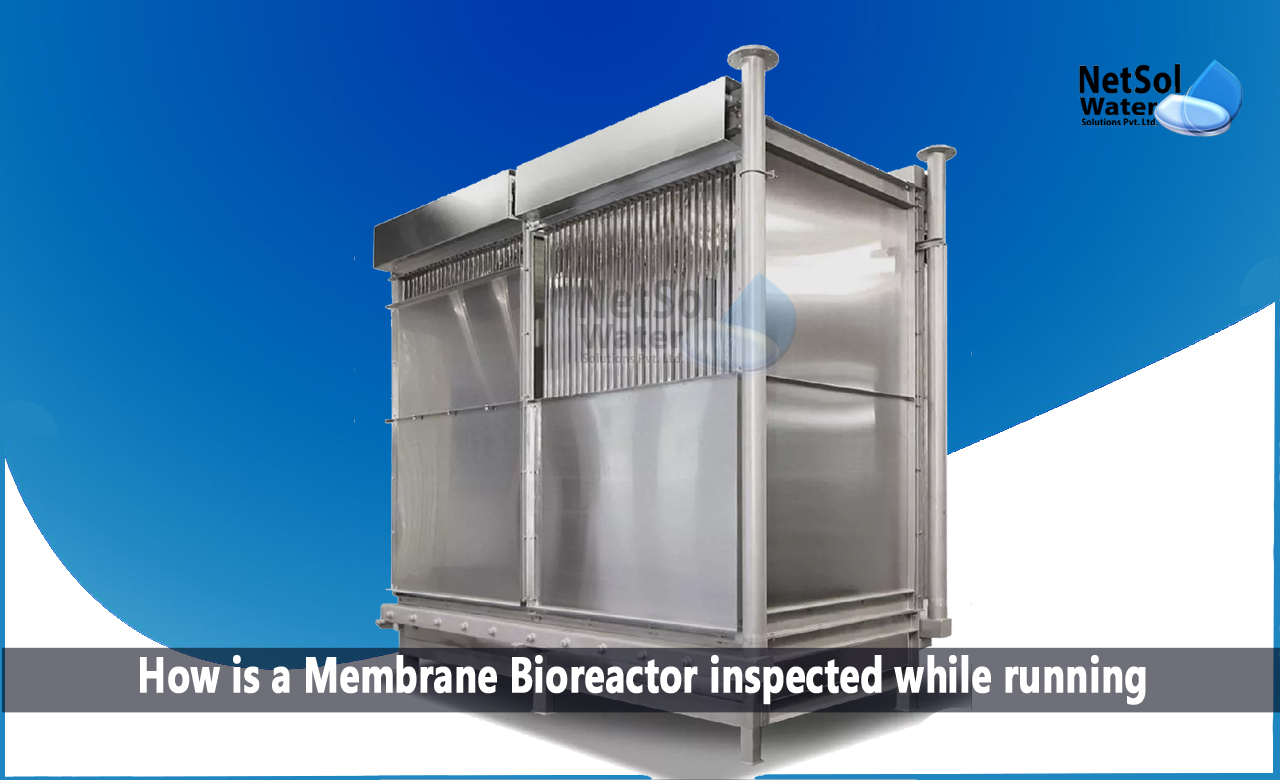How is a Membrane Bioreactor inspected while running?
Due to its superior technology, the Membrane Bioreactor (MBR) has advantages over conventional treatment methods, including better treatment results and less land occupation.
Sewage treatment around the world has advanced quickly in recent years. To ensure the normal and stable operation of the membrane bioreactor, increase the lifespan of the MBR membrane module, and lower operating costs of the membrane bioreactor to increase value, maintenance is required during its normal use.
Let’s examine how is a membrane reactor inspected while running, or while in operation!
· Aeration requirements
Check the air's aeration level and uniformity on a regular basis to see if it complies with standards. In order to prevent serious situations, the necessary steps must be taken as soon as the obvious unevenness in the aeration, or the aeration volume does not meet the required value are discovered, during the inspection.
· Difference in transmembrane pressure
Regularly monitor the transmembrane pressure difference. If the transmembrane pressure difference suddenly increases, the membrane is blocked and is typically brought on by abnormal sludge aeration or sludge degradation.
When this occurs, immediately clean the membrane module properly with chemicals before determining, whether the transmembrane pressure difference is normal. A negative pressure gauge must typically be installed in an appropriate location, between the self-priming pump's inlet and the MBR membrane's water exit, in order to measure the transmembrane pressure differential.
· How activated sludge looks and smells
The typical smell of activated sludge is unpleasant, and it usually has a dark brown colour and agglomeration characteristics. Check the data of MLSS, pH, water temperature, DO, sludge viscosity, BOD load, and other data in time to determine the cause, and solve it in time if the sludge's appearance and smell are abnormal.
· Sludge settling performance and MLSS value
The MLSS range must be changed if the normal effluent index cannot be reached. Take prompt, reasonable action, such as putting in seed sludge or stopping the discharge of sludge, when the MLSS value is below the normal value.
Take the necessary steps, such as increasing the sludge discharge volume to the retention tank, to return the MLSS value to normal when it is higher than the expected value. The MBR membrane is significantly impacted by the sludge's sedimentation performance. It is simple to make the membrane flow decrease, if the performance of the sedimentation is poor. Currently, steps must be taken to enhance the activated carbon's sedimentation performance.
· pH Value
The typical membrane bioreactor has a pH value between 6 and 8. A suitable amount of acidic or alkaline substances can be added to the sewage treatment, to adjust the pH value within a reasonable range, and to ensure the normal operation of the membrane bioreactor, if the value cannot be reached in actual use.
We advise against adding lime water when adding alkaline materials because, it can easily cause the membrane's inorganic salt to scale.
· Water level and temperature
The Membrane Bioreactor’s water temperature should range from 15 to 40 °C. If the water temperature fluctuates abnormally while the system is in use, prompt cooling or heat preservation measures should be taken, to maintain the system's normal operation.
The MBR membrane stent cannot be lower than the MBR water level. The normal operation of the MBR will be impacted if the water level is lower than the membrane stent.
· DO Value
The membrane bioreactor's normal DO value should be greater than 1 mg/l. The maximum aeration rate is not exceeded if this value is not reached. The metabolic rate of the bacteria inside the flocs and the effectiveness of the biochemical treatment, will be impacted by a low concentration of dissolved oxygen. Therefore, prompt action is required to ensure the normal DO value, such as adjusting aeration conditions.
Conclusion
The aforementioned elements must be timely inspected during routine use of the membrane bioreactor (MBR membrane), and the operation status must be documented.
When issues are discovered, the proper and efficient steps must be taken to make the necessary adjustments, in a timely manner to guarantee the stable and effective operation of the membrane bioreactor, and the effluent quality to satisfy the criteria.
How can we assist?
MBR technology is being used more and more frequently. It has a small footprint, stable effluent quality, good nitrification and denitrification effects, high nitrogen removal efficiency, and high solid-liquid separation efficiency.
As a result, the MBR process is applied broadly in a growing number of fields. Following the MBR tank's treatment of the wastewater, the effluent can either be discharged directly or after treatment, in accordance with wastewater discharge standards, or it can be reused depending on its actual situation through a series of water treatment processes, including microfiltration, ultrafiltration, nanofiltration, or reverse osmosis.
For further information, you can reach Netsol Water Solutions’, a manufacturer of high quality water and wastewater treatment plants, via phone at +91 9650608473 or drop a mail at enquiry@netsolwater.com



